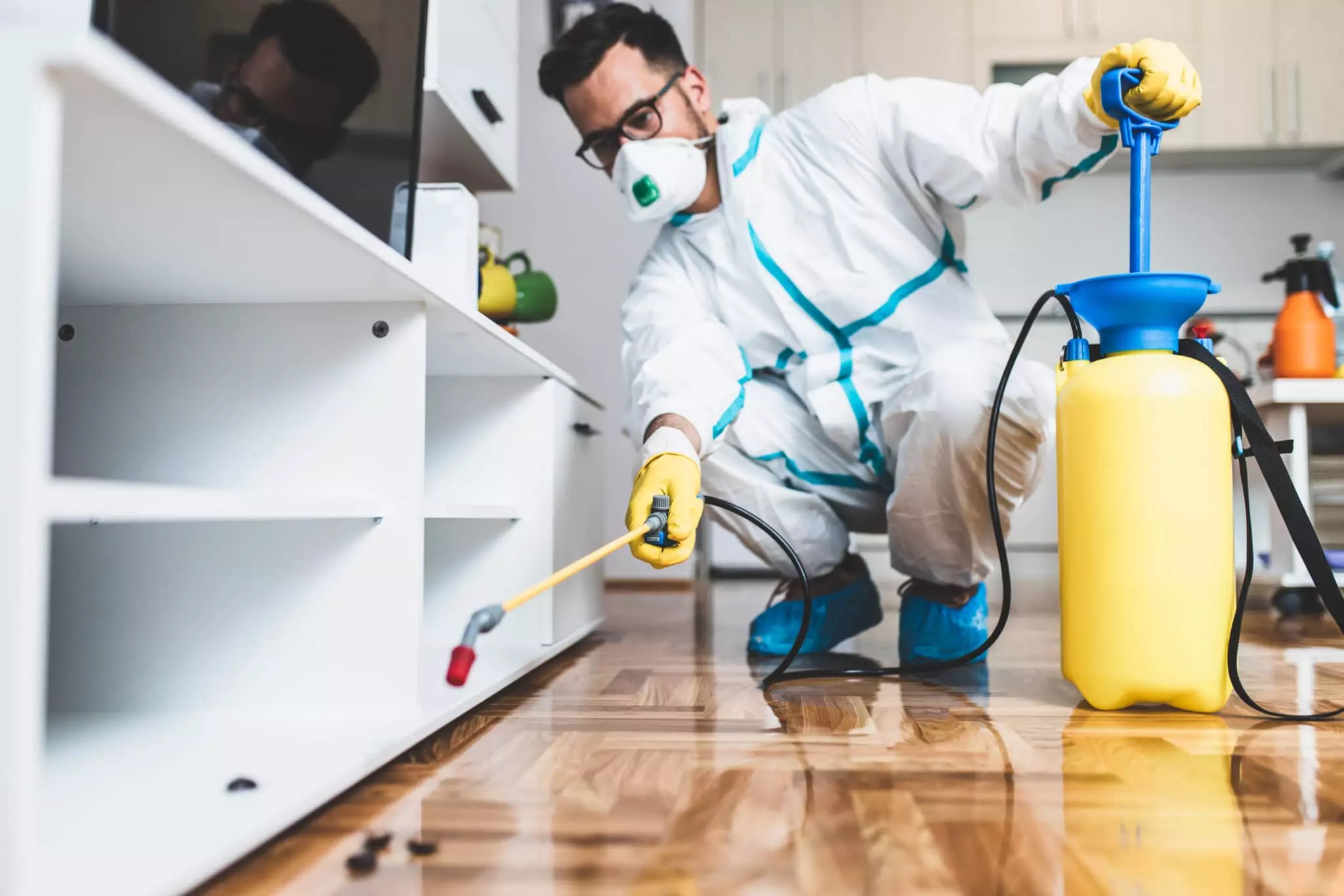Checking Out Infestation and Therapy Techniques in the World of Parasite Control
The landscape of insect control includes a myriad of difficulties, specifically as infestations of common home bugs proceed to evolve. By integrating precautionary procedures with innovative monitoring strategies, such as Integrated Pest Management (IPM), property owners can much better secure their settings.

Typical House Vermin
When it comes to managing our home, comprehending typical home bugs is vital. These parasites not just interrupt our convenience yet can additionally posture wellness threats and damages building. One of the most widespread house parasites consist of ants, roaches, rodents, termites, and bed bugs.
Ants, typically seen foraging in kitchen areas, can contaminate food and establish huge swarms. Roaches, understood for their durability, can set off allergies and spread virus. Rats, consisting of mice and rats, can cause architectural damages and bring diseases like hantavirus and salmonella. Termites, often described as "quiet destroyers," can jeopardize the integrity of wood frameworks, resulting in costly fixings. Bed pests, although not illness carriers, can create considerable discomfort via their attacks and result in psychological distress.
Acknowledging the signs of these parasites, such as droppings, nests, or bite marks, is essential for very early intervention (Pest Control Lockhart). Correct cleanliness practices, securing entry points, and maintaining a clutter-free atmosphere are effective preventative procedures. By identifying these usual home parasites and comprehending their actions, homeowners can take positive actions to reduce problems, guaranteeing a much healthier living atmosphere
Comprehending Bug Infestations
Insect invasions can intensify promptly, transforming a small annoyance right into a significant problem if not dealt with quickly. Typical aspects contributing to invasions include bad cleanliness, structural vulnerabilities, and seasonal modifications that drive insects inside your home.
Determining the type of insect is vital, as different types exhibit varied behaviors and reproductive prices. As an example, rats might establish nests in covert areas while insects like roaches grow in wet atmospheres. Early detection frequently depends upon identifying indicators such as droppings, chomp marks, or unusual sounds, which can show an issue before it becomes extreme.
Environmental conditions additionally play a crucial role in pest spreading. Warm, humid environments can assist in the rapid development of insect populations, while adjustments in landscaping or construction can accidentally produce conducive settings. Regular examinations and preventative steps are extremely important to alleviating the risk of invasions. An informed technique to recognizing these dynamics lays the foundation for effective parasite management methods in the future.
Therapy Approaches and Techniques
Efficient therapy approaches and strategies are vital for minimizing pest infestations and bring back a risk-free setting. A multifaceted approach is typically best, integrating chemical, organic, and mechanical approaches customized to the specific pest and the seriousness of the infestation.
Chemical treatments include making use of pesticides and herbicides, which can successfully remove parasites. Proper application and adherence to safety guidelines are crucial to minimize risks to human beings and non-target microorganisms. Integrated Parasite Monitoring (IPM) motivates the sensible use of chemicals as a last hope, relying instead on surveillance and limit levels to identify intervention needs.
Biological control approaches include introducing all-natural predators or bloodsuckers to minimize pest populaces. This method is increasingly preferred, especially in farming settings, as it advertises environmental sustainability.
Mechanical approaches, such as traps and obstacles, supply immediate alleviation from pests without presenting chemicals. Options consist of sticky traps for bugs or physical obstacles for rodents.
Inevitably, the option of therapy method need to consider the details insect, the setting, and potential effect on human health and environments. A balanced combination of these approaches can efficiently handle infestations while promoting long-lasting pest control services.
Safety Nets for House
Proactively resolving pest problems prior to they rise is important for preserving a healthy and balanced home setting (Pest Control Lockhart). Executing efficient preventative measures can considerably minimize the chance of infestations, ultimately protecting both your home and health

Proper landscape design additionally plays an important function in avoidance. Maintaining bushes and trees trimmed away from your home lowers the opportunities of bugs discovering their method indoors. Additionally, guarantee that drainage systems are functioning successfully to protect against standing water, which can attract mosquitoes and other insects.
Last but not least, regular evaluations are advisable. Regularly looking for indications of insect activity permits early treatment. By embracing these precautionary measures, home owners can produce an environment that is much less congenial to pests, thereby improving their overall quality of life and lowering the need for extensive bug control interventions.
Commercial Bug Control Strategies
An extensive strategy click site to industrial pest control is important for services intending to maintain a safe and hygienic environment. Effective methods entail a mix of routine assessments, employee training, and the execution of Integrated Bug Management (IPM) practices.
Normal assessments enable very early discovery of pest activity, enabling prompt intervention. Businesses should establish a regular schedule for these analyses, concentrating on high-risk web locations such as kitchens, storeroom, and garbage disposal sites. Worker training is just as essential; team needs to be educated on the signs of pest infestations and the importance of reporting them promptly.
Executing IPM techniques helps reduce pest problems sustainably. This includes environment alteration, such as securing entrance factors and reducing mess, in addition to using natural deterrents prior to considering chemical therapies.

Additionally, teaming up with a qualified bug control copyright ensures access to professional knowledge and sophisticated treatment alternatives. This partnership can result in personalized bug control plans customized to the particular needs of business, decreasing dangers and improving general efficacy. Eventually, a positive and educated approach fosters a pest-free atmosphere, safeguarding both public wellness and organization reputation.
Verdict
In conclusion, efficient insect control requires a comprehensive understanding of common household bugs and their habits, coupled with targeted treatment approaches. Implementing precautionary measures together with therapy techniques such as Integrated Parasite Management and biological control improves the capacity to mitigate invasions.